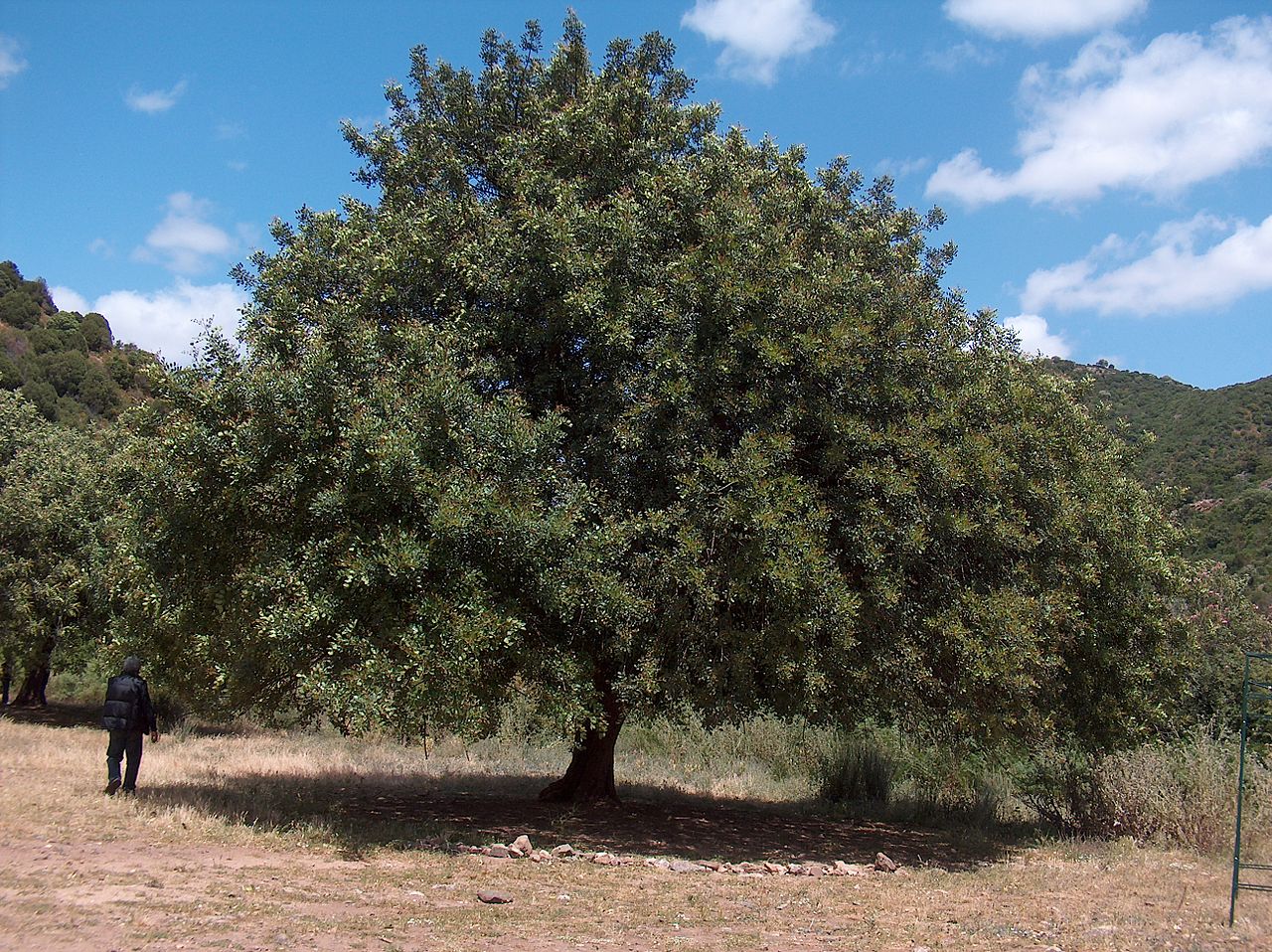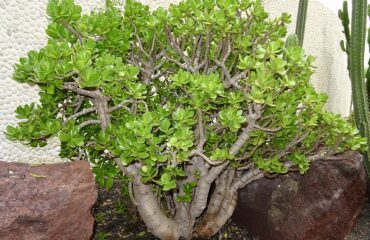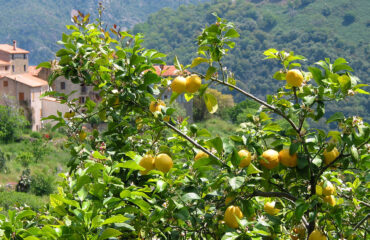Ceratonia siliqua, commonly known as the Carob Tree, is a long-lived, evergreen species native to the Mediterranean region. It is prized for its edible pods, which are often used as a chocolate substitute, and its ability to thrive in arid conditions. Carob trees are highly adaptable and can be cultivated for ornamental purposes, for their shade, and as a source of food. Propagation of Ceratonia siliqua can be accomplished through various methods, including seeds, cuttings, and grafting. Each method has its own advantages and considerations, making it possible to grow this versatile and resilient tree in a variety of settings.
Ceratonia siliqua (Carob Tree) Propagation Methods
This structured overview covers the propagation methods for Ceratonia siliqua, offering practical insights and guidance for both novice and experienced gardeners interested in growing and multiplying this versatile and drought-resistant tree.
1. Seed Propagation
Seed propagation is the most common and straightforward method for growing Ceratonia siliqua. It is particularly suitable for large-scale planting and for maintaining genetic diversity.
1.1. Seed Collection
- Identifying Mature Seeds: Seeds are harvested from mature pods that are brown and dry. Pods typically ripen in late summer to early autumn.
- Seed Extraction: Break open the pods and remove the seeds. Carob seeds are small, hard, and shiny brown.
- Seed Cleaning: Clean the seeds by removing any remaining pod debris and rinse them to remove any sugars that might encourage mold growth.
1.2. Sowing and Germination
- Scarification: Carob seeds have a hard seed coat that requires scarification to enhance germination. This can be done by soaking the seeds in hot water (about 80°C or 176°F) for 24 hours or by gently nicking the seed coat with a file or sandpaper.
- Sowing Seeds: After scarification, sow the seeds in pots or seed trays filled with a well-draining soil mix. Plant the seeds about 1-2 cm deep.
- Germination Conditions: Maintain a warm environment (20-25°C or 68-77°F) and keep the soil consistently moist but not waterlogged. Germination usually occurs within 2-4 weeks.
- Seedling Care: Once the seedlings emerge, provide them with bright, indirect light. Transplant the seedlings into individual pots when they have developed a few sets of true leaves. Harden off the young plants before planting them outdoors.
2. Stem Cuttings
Propagation through stem cuttings is a less common method for Ceratonia siliqua, but it can be used to produce clones of the parent tree, ensuring the retention of specific desirable traits.
2.1. Cutting and Preparation
- Selecting Cuttings: Choose healthy, semi-hardwood cuttings from the current or previous season’s growth. Cuttings should be about 15-20 cm long with several nodes.
- Cutting Technique: Use a sharp, sterilized knife or pruning shears to make a clean cut just below a node. Remove the lower leaves, leaving the top few leaves intact.
- Rooting Hormone: Dip the cut end of the cutting into rooting hormone powder to enhance root development.
2.2. Rooting and Planting
- Rooting Medium: Plant the cuttings in a well-draining mix, such as a blend of peat and perlite or a commercial rooting medium.
- Rooting Environment: Place the cuttings in a warm, humid environment with bright, indirect light. Cover the cuttings with a plastic bag or place them in a propagation chamber to maintain high humidity.
- Rooting Time: Roots typically develop within 6-8 weeks. Keep the soil evenly moist during this period.
- Transplanting: Once the cuttings have rooted and started to produce new growth, transplant them into larger pots or directly into the garden.
3. Grafting
Grafting is commonly used in commercial carob cultivation to combine the hardy rootstock of Ceratonia siliqua with desirable scion traits, such as high-quality pod production or specific growth characteristics.
3.1. Grafting Techniques
- Selecting Rootstock and Scion: Use healthy, disease-free Ceratonia siliqua plants as rootstock and select compatible scion varieties with desired traits.
- Grafting Methods: Common grafting techniques include cleft grafting, whip-and-tongue grafting, and T-budding. Precision in the cuts on both the rootstock and scion is essential for successful grafting.
- Grafting Procedure: Align the scion and rootstock, secure with grafting tape or rubber bands, and apply grafting wax to protect the graft union from drying out and infection.
3.2. Post-Grafting Care
- Environment: Place the grafted plants in a controlled environment with high humidity and indirect light to promote healing and growth.
- Monitoring: Regularly check the graft for signs of compatibility and new growth. Remove any shoots that develop from the rootstock below the graft.
4. Air Layering
Air layering is another method for propagating Ceratonia siliqua, especially useful for mature trees where other methods might be less effective or when propagating larger branches.
4.1. Air Layering Process
- Selecting a Branch: Choose a healthy, vigorous branch that is at least one year old.
- Preparing the Branch: Make a ring cut around the branch (girdling) about 15-30 cm below the tip. Remove a strip of bark to expose the inner wood.
- Applying Rooting Medium: Apply rooting hormone to the exposed area and wrap it with moist sphagnum moss. Cover the moss with plastic to retain moisture and secure it with ties or tape.
4.2. Root Formation and Separation
- Monitoring: Check the air layer periodically to ensure it stays moist and look for root development. This process can take several months.
- Separation and Planting: Once a substantial root system has developed, cut the branch below the rooted area and plant it in a pot or directly in the ground.
5. Transplanting and Initial Care
Proper transplanting and initial care are crucial for the successful establishment of Ceratonia siliqua, regardless of the propagation method used.
5.1. Preparing the Planting Site
- Soil Requirements: Carob trees prefer well-draining, sandy or loamy soils. They can tolerate poor soils but thrive in slightly alkaline to neutral conditions (pH 6.5-8.0).
- Site Selection: Choose a sunny location with enough space, as Carob trees can grow large, reaching heights of 10-15 meters (33-50 feet).
5.2. Planting and Watering
- Transplanting: Dig a hole large enough to accommodate the root system or cutting. Place the plant in the hole, backfill with soil, and water thoroughly.
- Watering: Water the young plants regularly until they are well established. Although Carob trees are drought-tolerant, they benefit from regular watering during their early growth stages to establish a strong root system.
5.3. Fertilization and Pruning
- Fertilization: Apply a balanced fertilizer or organic compost to promote healthy growth. Carob trees generally have low fertilizer requirements.
- Pruning: Prune Carob trees to maintain a desired shape, remove dead or diseased branches, and encourage the development of a strong structure. Regular pruning can also help increase air circulation and light penetration within the canopy.
Conclusion
Propagating Ceratonia siliqua through seeds, stem cuttings, grafting, and air layering provides various methods to suit different cultivation goals and conditions. Each technique offers reliable ways to reproduce this hardy and valuable tree, from generating genetic diversity with seeds to ensuring true-to-type plants through cuttings and grafting. By understanding and applying these propagation methods, gardeners and growers can successfully cultivate Carob trees, enjoying their resilience, shade, and nutritious pods in a variety of landscapes, from home gardens to commercial orchards.
Share this article



